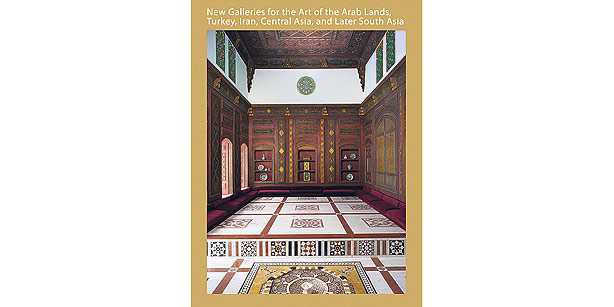4 March 2012 / GAMZE GÜL, İSTANBUL

An increase in the number of TV shows and movies being shot in Turkey is expected to boost interest from international filmmakers in cooperating with the Turkish movie industry.
İstanbul in particular has become a hub for actors and actresses, as well as those working behind the scenes to produce these entertainment products.
After the implementation of an incentive package for the film industry by the government in 2004, the number of domestic movies produced in Turkey increased from 29 in 2005 to nearly 70 in 2011, data published by the İstanbul Chamber of Commerce (İTO) indicate. However, since 2005, 78 percent of movies produced in Turkey have received no support from the Ministry of Culture and Tourism.
Association of Film Directors, Writers and Composers (SETEM) President Mehmet Güleryüz noted a rise in the number of young professionals working in the sector in recent years, both in front of the camera and behind the scenes. He has observed a correlation between a rise in the number of people following popular TV series and the increasing popularity of careers in film and television production.
According to Güleryüz, movies produced in Turkey usually match their box office expectations. He believes the current growth in popularity was unexpected and that detailed plans need to be drawn up in order to ensure the sustainable growth of the industry.
Between 2005 and 2011, 35,675 hours of Turkish TV programs were sold to broadcasters in 76 countries around the world, according to the Ministry of Culture and Tourism. Programs were broadcast in the Middle East, as well as Burkina Faso, Ivory Coast, New Caledonia, Niger, Senegal, Singapore, Somalia, Vietnam and a number of Balkan countries. Television companies in Israel and Greece have also purchased Turkish TV programs. Güleryüz pointed out that new rules had been introduced by the government in order to support the sector, but added that there has not been much progress in implementing them. He also highlighted the fact that associations representing each area of the industry came together under one roof about a year ago to defend the rights of individuals working in the sector.
Association of Cinematographic Work Copyright Holders (SİNEBİR) President İsmail Güneş highlighted Turkey’s natural beauty, saying: “The country itself is a great movie production site because people have lived here continuously for 5,000 years. Wherever you place the camera, the chances of getting a great shot are high.” He said the government has neglected its role in advertising this aspect of Turkey, adding: “When foreigners want to produce a movie, they go to the Turkish consulate in their own country. Since the personnel working there do not have much knowledge of the sector, bureaucracy gets in the way of bringing international film producers to Turkey.”
He pointed out the importance of the foreign language assets of many young professionals and believes working together would provide professionals from different countries the opportunity to gain mutual understanding of the production process and learn new techniques.
Erol Bilge, a board member of the Casting Agencies Association (Kastder), said İstanbul is a crowded, dynamic and beautiful city with a young population, adding, “These people are eager to earn more money.” He said there are currently 60-70 acting agencies in Turkey with a total of around 10,000 members.
Movie Producers Association of Turkey (SEYAP) Vice President Baran Seyhan believes the contribution of these movies and series to Turkey have an inherent social value that goes beyond their box office turnover. According to Seyhan, sometimes movie producers face bureaucratic problems, but with the implementation of minor changes, these can often be overcome. He also pointed out that associations are actively working to solve these issues and that the government must create a “working group” to explore these difficulties and other industry concerns.
Association of Film Artists (BİROY) President Atilla Engin said the movie sector is not capable of financing itself, and directors, writers and actors often have to take part in the production of TV series to make a living. Engin believes the movie sector is not necessarily being supported by the government, as a lot of the financial support is funded through fees levied on movie ticket sales. He said: “There are issues regarding taxation and sponsorship. Laws and regulations need to be updated. Incentives and support must be given and technical arrangements must be made to sell Turkish movies abroad. The government should also work on copyright issues, including the distribution of copyright fees among the associations and unions.”
via İstanbul-based film industry: a rising star worldwide.






